
Robert Lea
Robert Lea is a science journalist in the U.K. who specializes in science, space, physics, astronomy, astrophysics, cosmology, quantum mechanics and technology. Rob's articles have been published in Physics World, New Scientist, Astronomy Magazine, All About Space and ZME Science. He also writes about science communication for Elsevier and the European Journal of Physics. Rob holds a bachelor of science degree in physics and astronomy from the U.K.’s Open University
Latest articles by Robert Lea
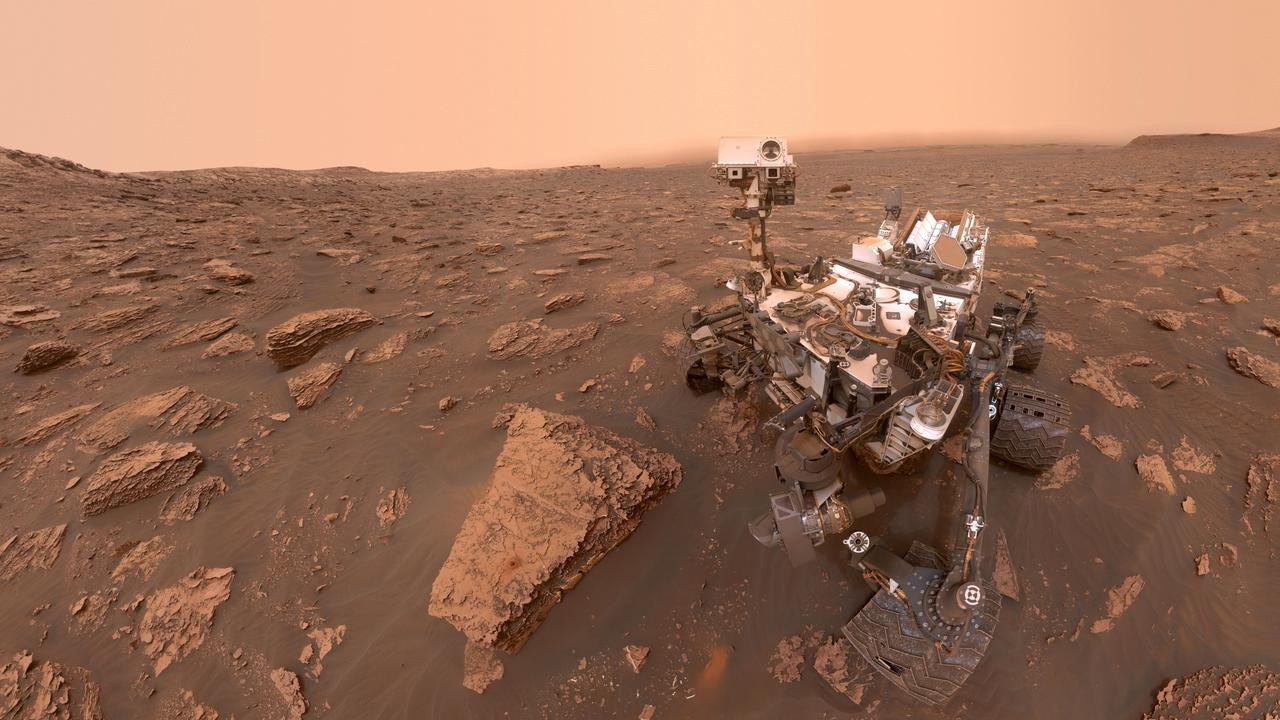
NASA is pausing all Mars missions, effective immediately. Here's why.
By Robert Lea published
The Red Planet has reached solar conjunction as its orbit takes it to the far side of the sun and out of sight. NASA's Mars robots are on their own until Nov. 25.
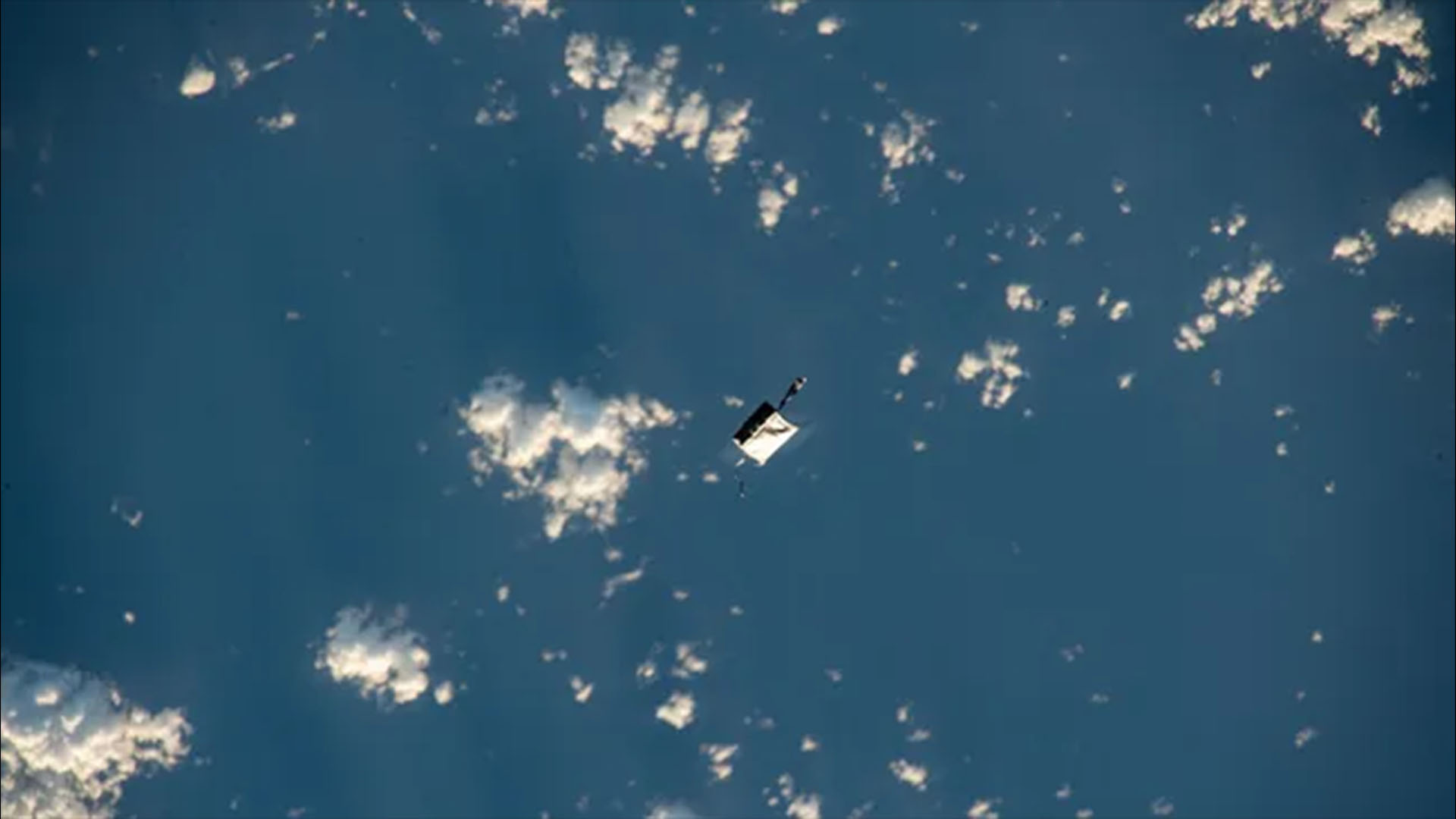
Astronauts accidentally dropped a tool bag on a spacewalk, and you can see it with binoculars
By Robert Lea published
A tool bag that gave astronauts the slip during a spacewalk at the International Space Station is surprisingly bright and can be seen from Earth with binoculars.

Brightest gamma-ray explosion of all time scrambled Earth's upper atmosphere
By Robert Lea published
Dubbed the "brightest of all time," or the BOAT, a gamma-ray burst detected in 2022 continues to astound astronomers, revealing severe effects in Earth's atmosphere.
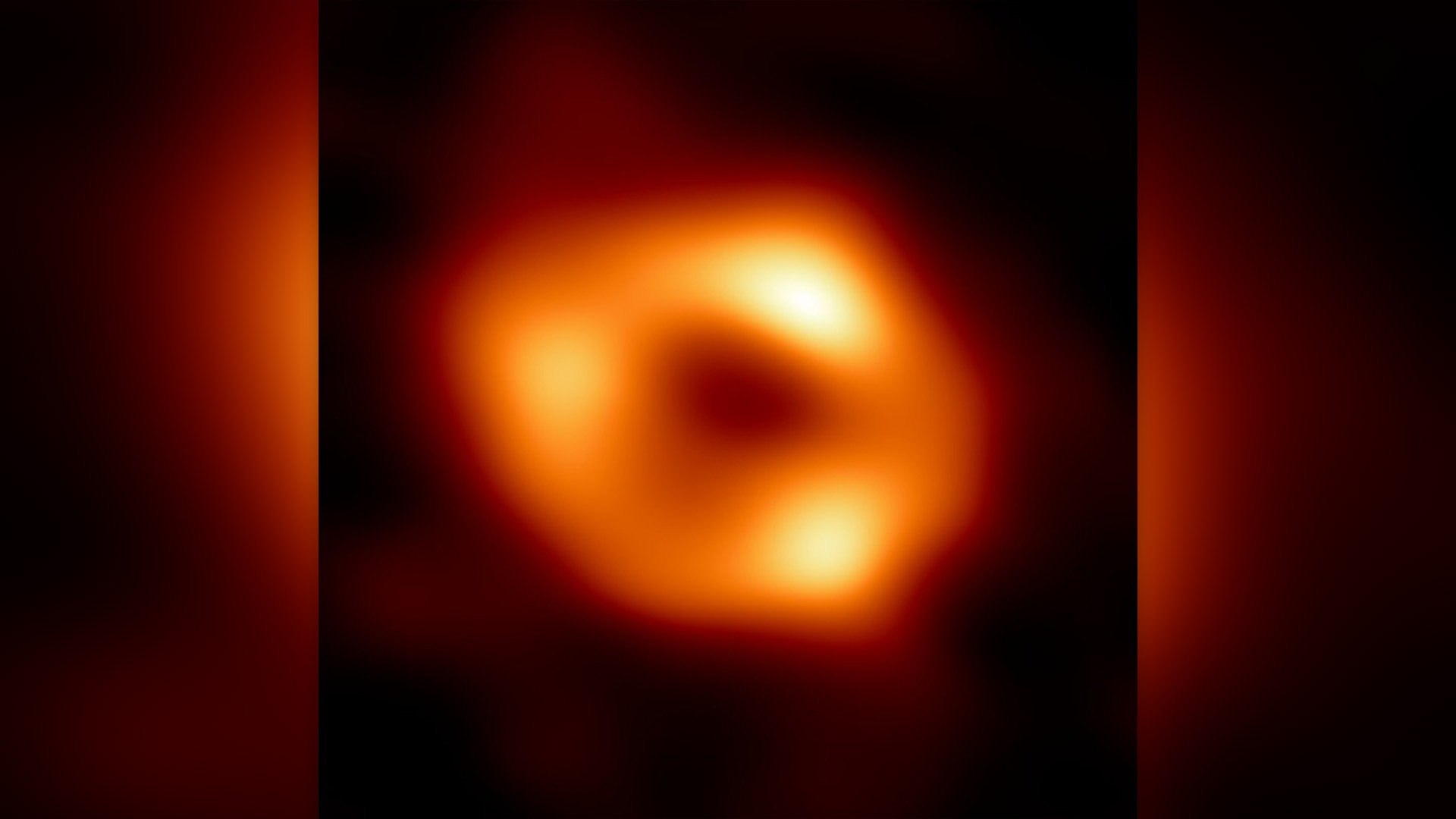
Supermassive black hole at the heart of the Milky Way is approaching the cosmic speed limit, dragging space-time along with it
By Robert Lea published
Supermassive black hole Sagittarius A* is spinning nearly as fast as it can, dragging the very fabric of space-time with it and shaping the heart of the Milky Way.
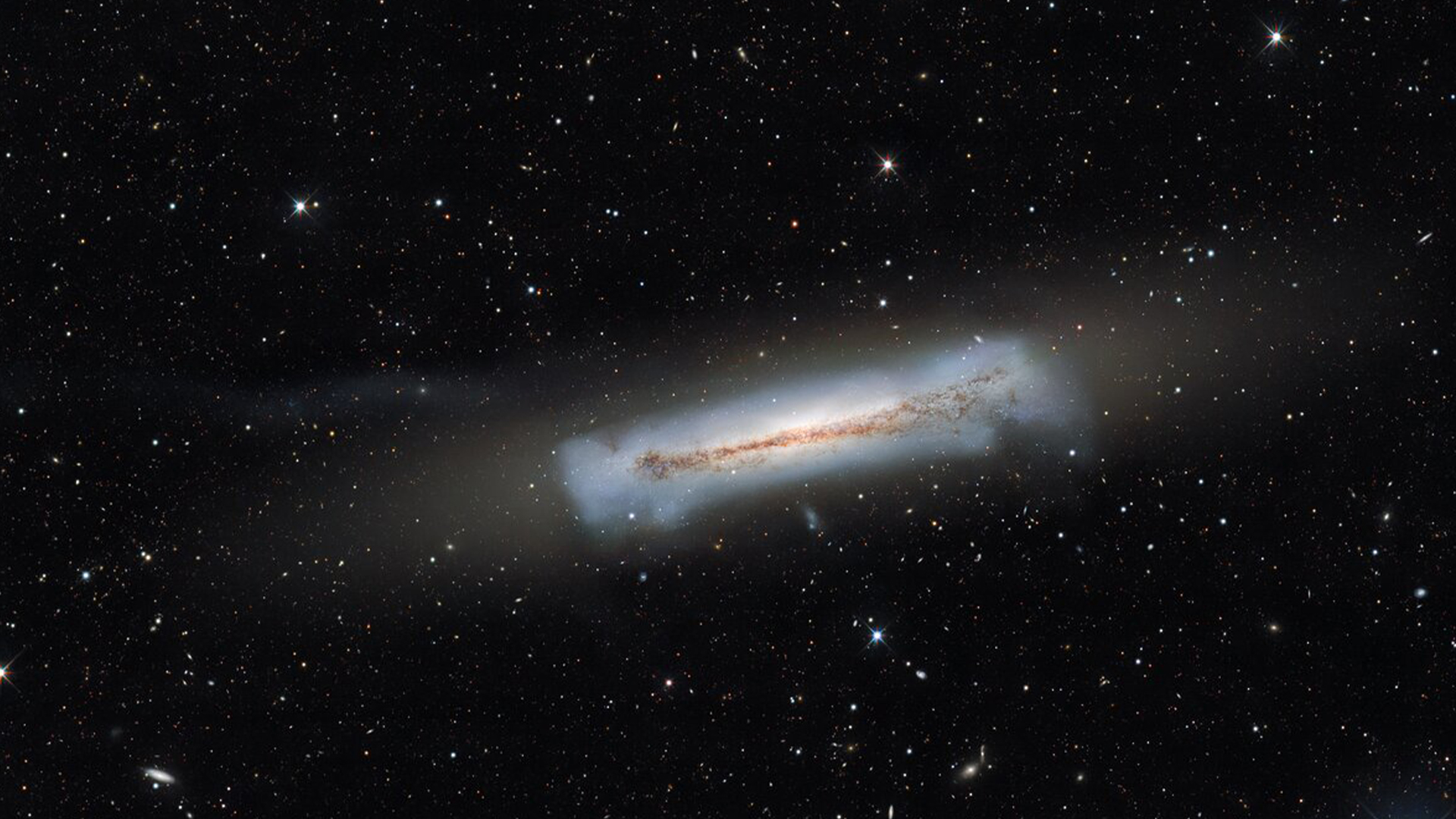
Tiny galaxies that had their stars stolen could be a 'missing link' in cosmic evolution
By Robert Lea published
More than 100 observed galaxies are being disrupted and stripped of their outer layers, transforming them into fossil-dense, ultra-compact dwarf galaxies.
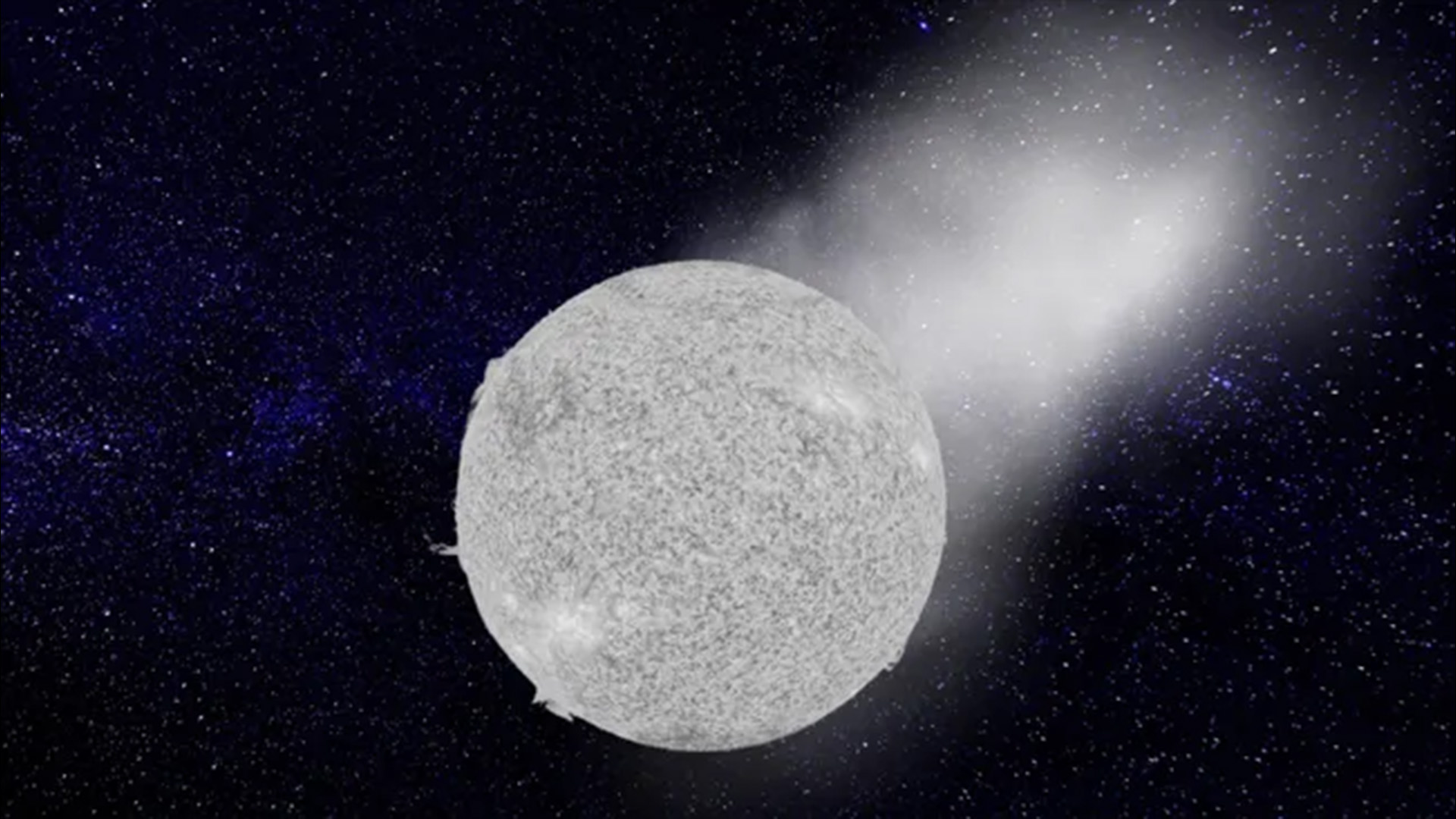
'Rogue' star hurtling through the Milky Way won't smash into our solar system after all
By Robert Lea published
A white dwarf spotted by the Gaia telescope was predicted to smash into our solar system in 29,000 years. But we'll be safe after all.
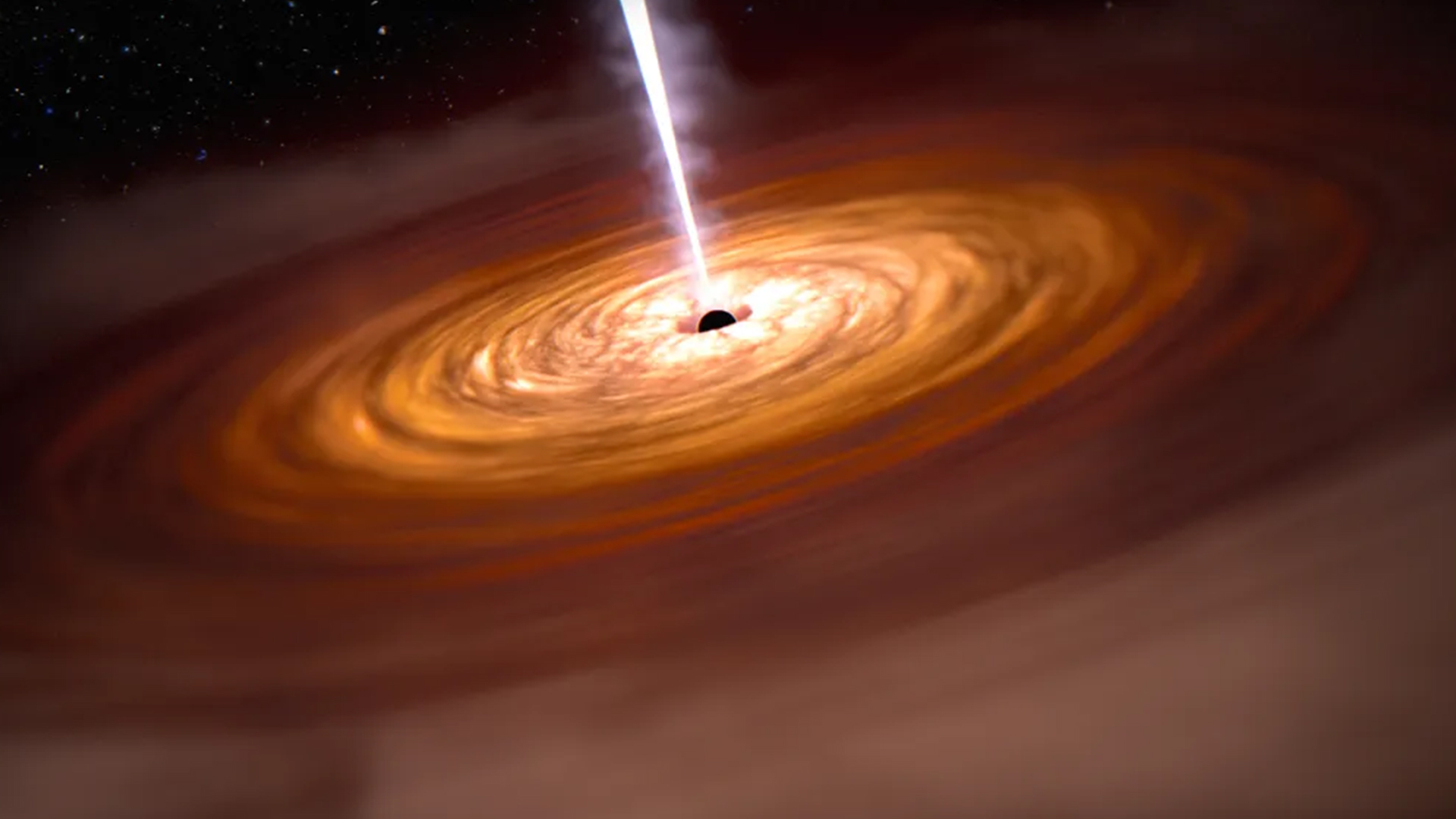
Universe's oldest X-ray-spitting quasar could reveal how the biggest black holes were born
By Robert Lea published
The newly identified quasar, observed 13.7 billion light-years away by the James Webb Space Telescope and Chandra X-ray Observatory, could be an example of a heavy black hole "seed" in the early universe.
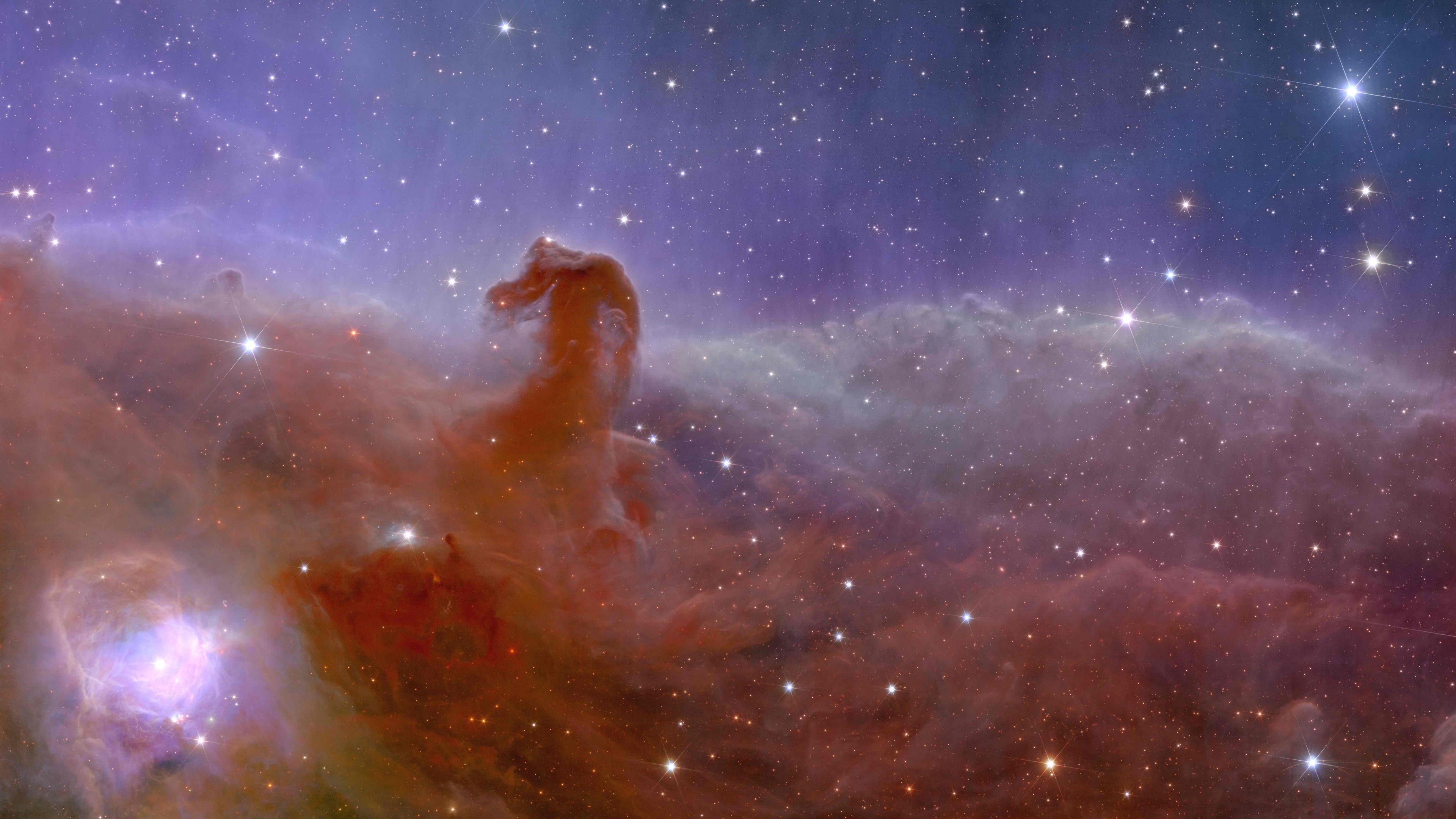
1st images from the Euclid 'dark universe' telescope are here — and they're jaw-dropping
By Robert Lea published
The first images from ESA's dark universe detective Euclid are out, featuring spectacular views of nebulas, distant galaxies and globular clusters of thousands of stars.
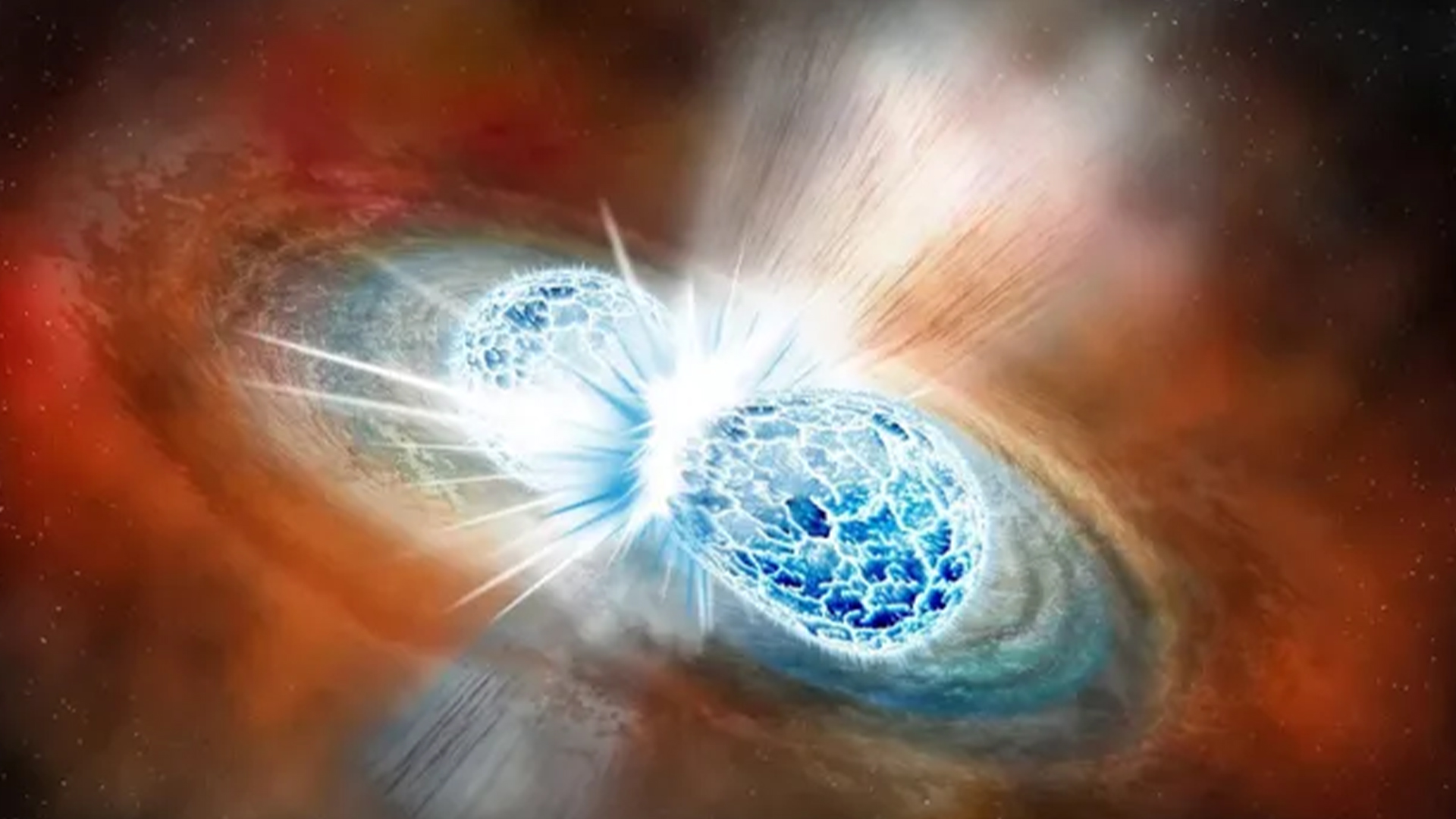
Rare type of space explosion could leave Earth uninhabitable for 'thousands of years'
By Robert Lea published
New research describes how a kilonova explosion triggered by colliding neutron stars could eradicate life on Earth for thousands of years. Thankfully, the odds are incredibly low.
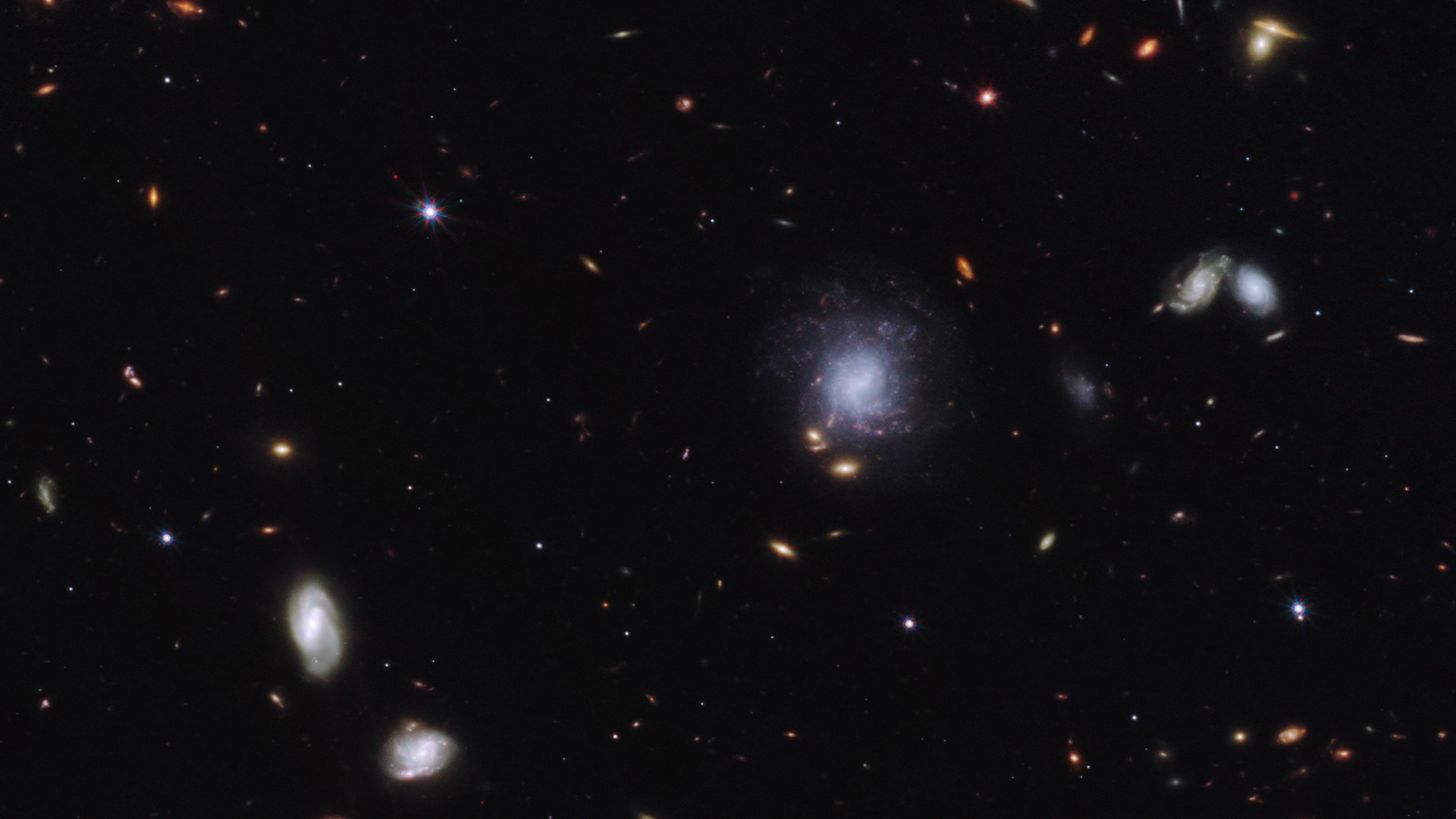
James Webb telescope spots ultra-rare cosmic explosion that could reveal the origin of the universe’s heaviest elements
By Robert Lea published
The James Webb Space Telescope's detection of tellurium in the violent environment of a dead-star merger is a step toward determining where the universe's heaviest elements come from.
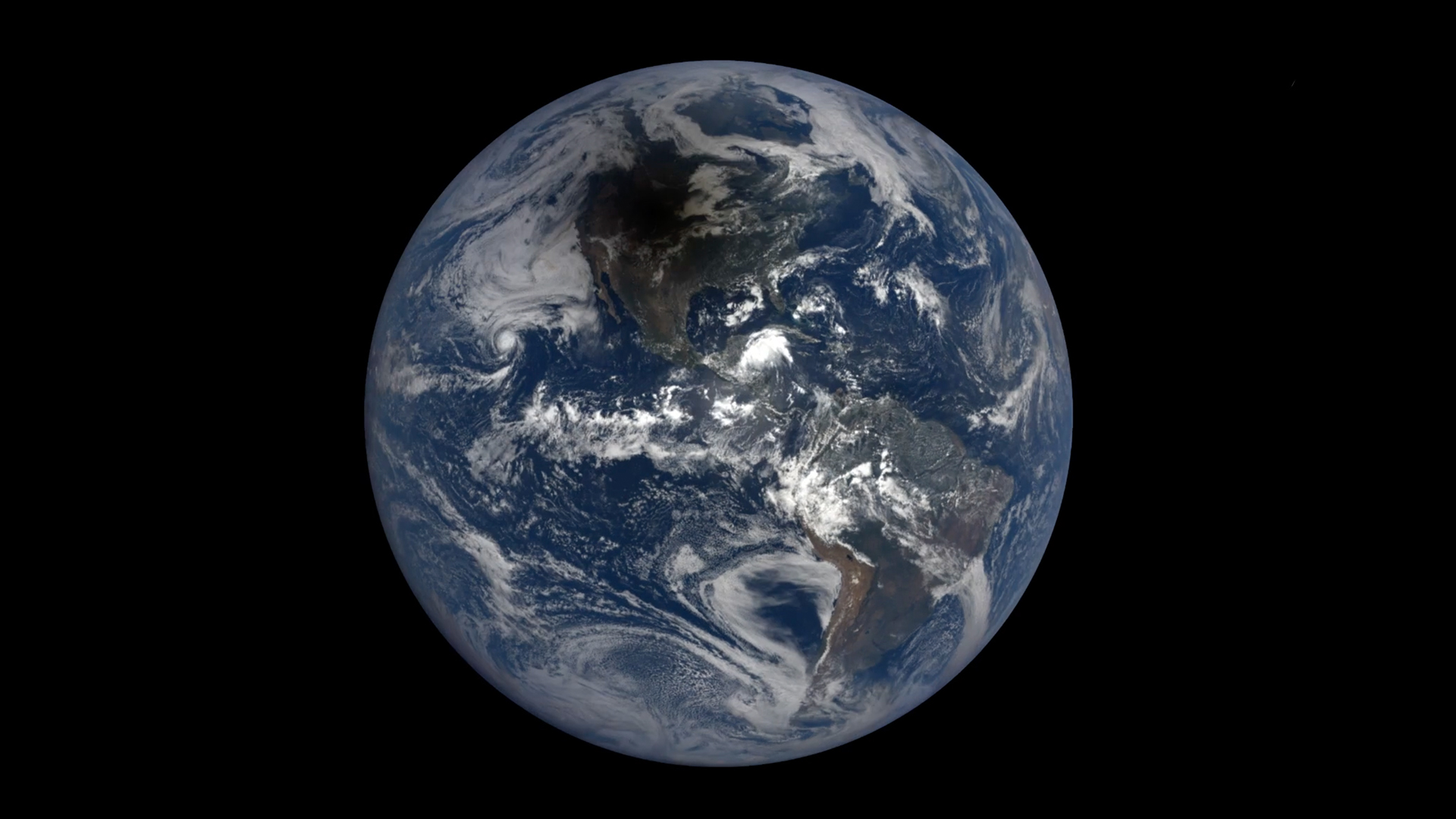
See the entire 'ring of fire' eclipse in 4 seconds in stunning satellite videos
By Robert Lea published
The NOAA satellites GOES-East and GOES-West watched as the shadow of the moon darkened the surface of Earth on Saturday, Oct. 14.
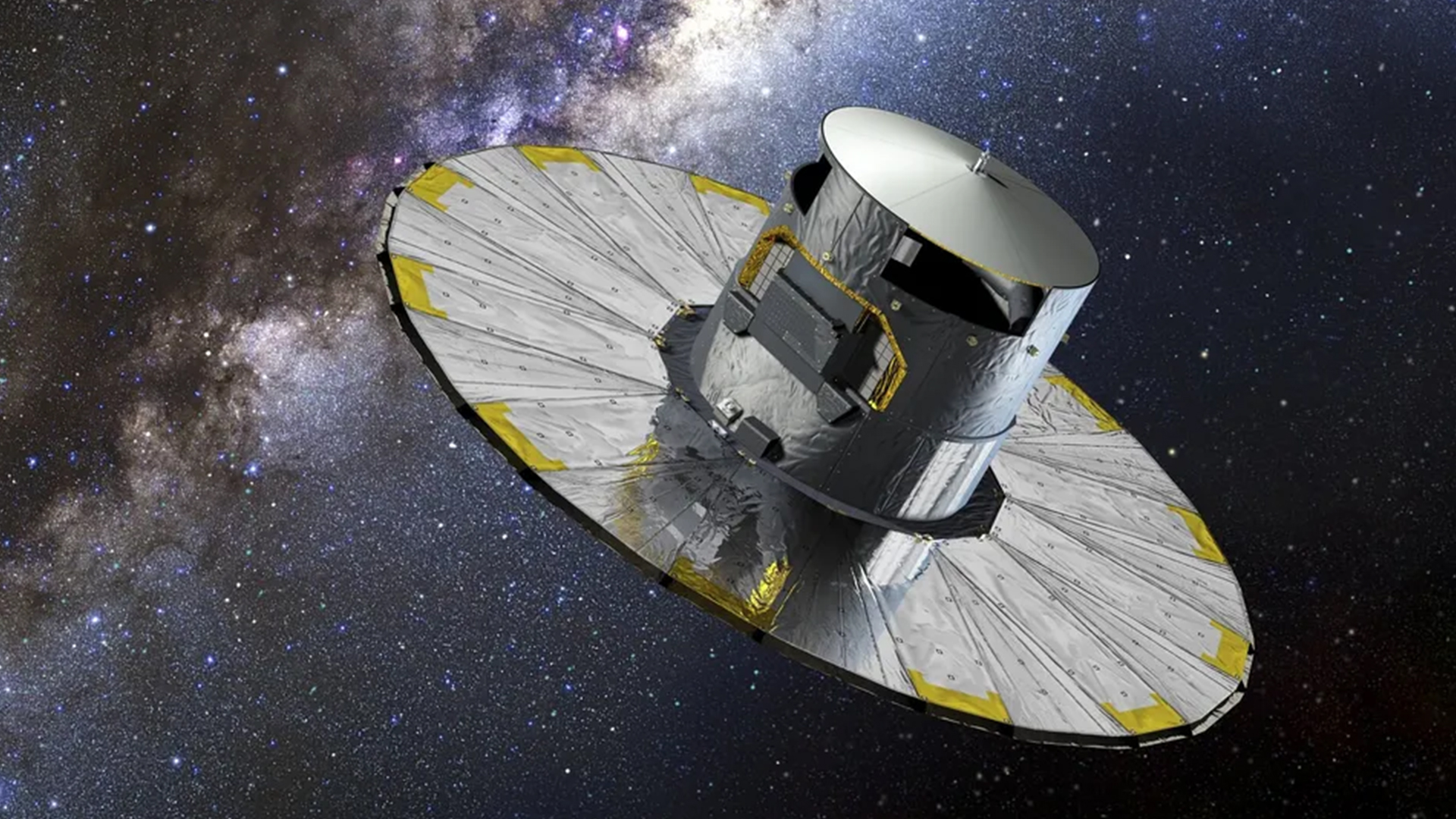
Gaia spacecraft reveals 'goldmine' of over 500,000 undiscovered stars
By Robert Lea published
The European Space Agency's Gaia telescope revealed half a million newfound stars, and detailed the orbits of over 150,000 asteroids.
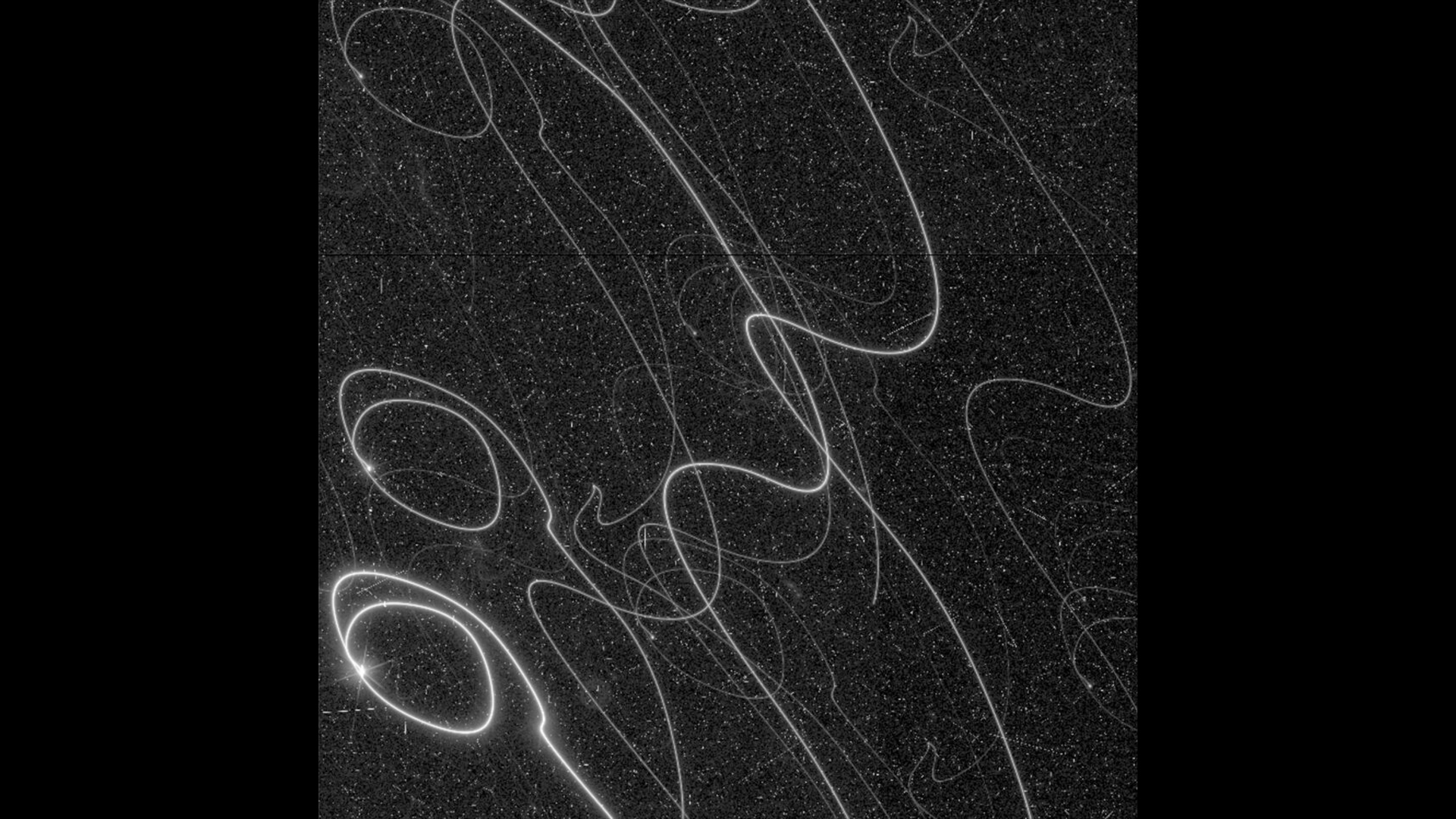
ESA scientists finally resolve glitch that caused Euclid spacecraft to 'doodle' through space
By Robert Lea published
The European Space Agency's dark energy and dark matter spacecraft has once again found its guiding stars and is preparing for full "science mode."
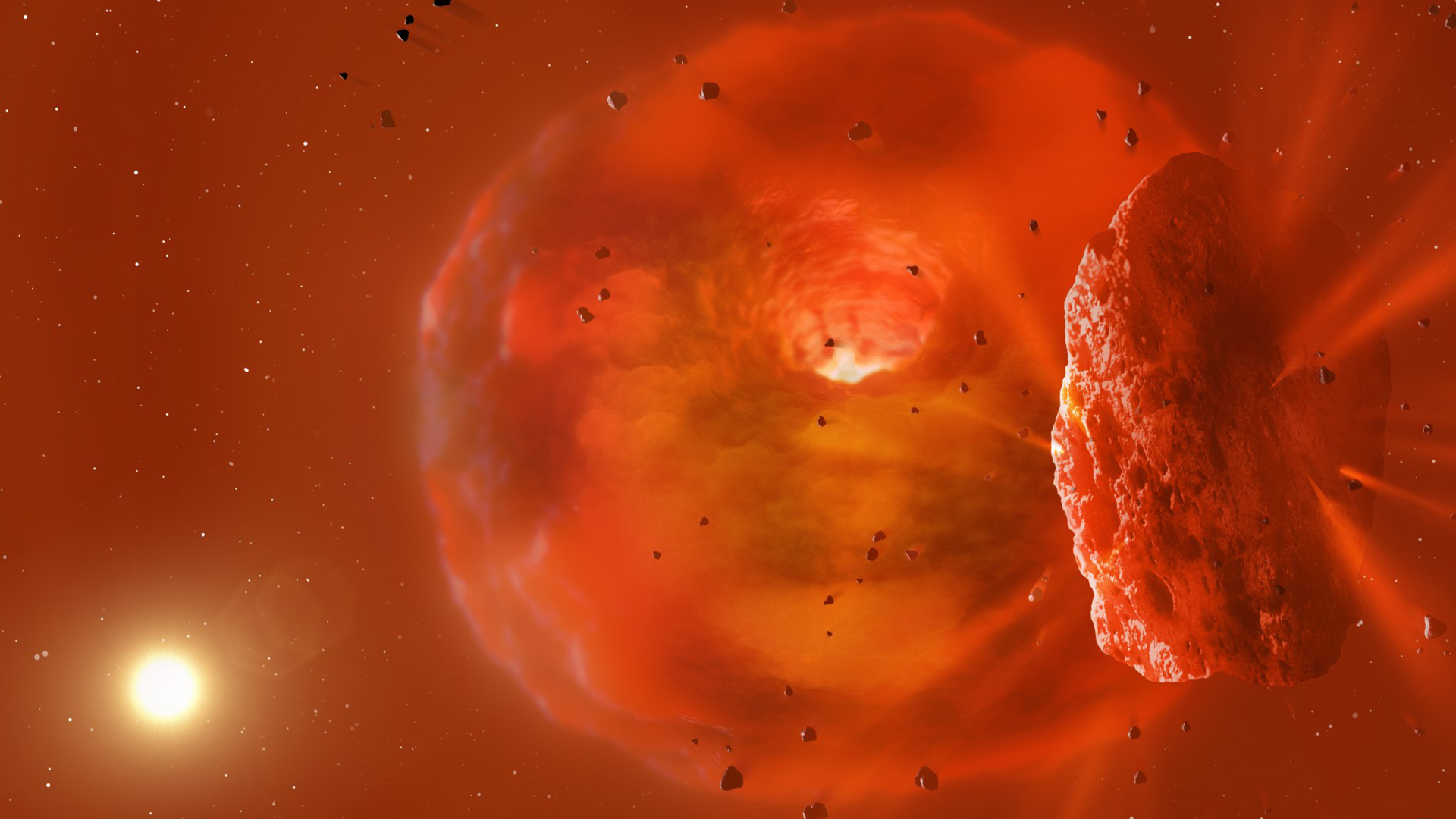
Astronomers spot violent afterglow of 2 massive planets that collided in a distant star system
By Robert Lea published
Astronomers detected the dusty afterglow of a massive planetary collision in a star system 3,600 light-years away, where two giant icy worlds met their end.
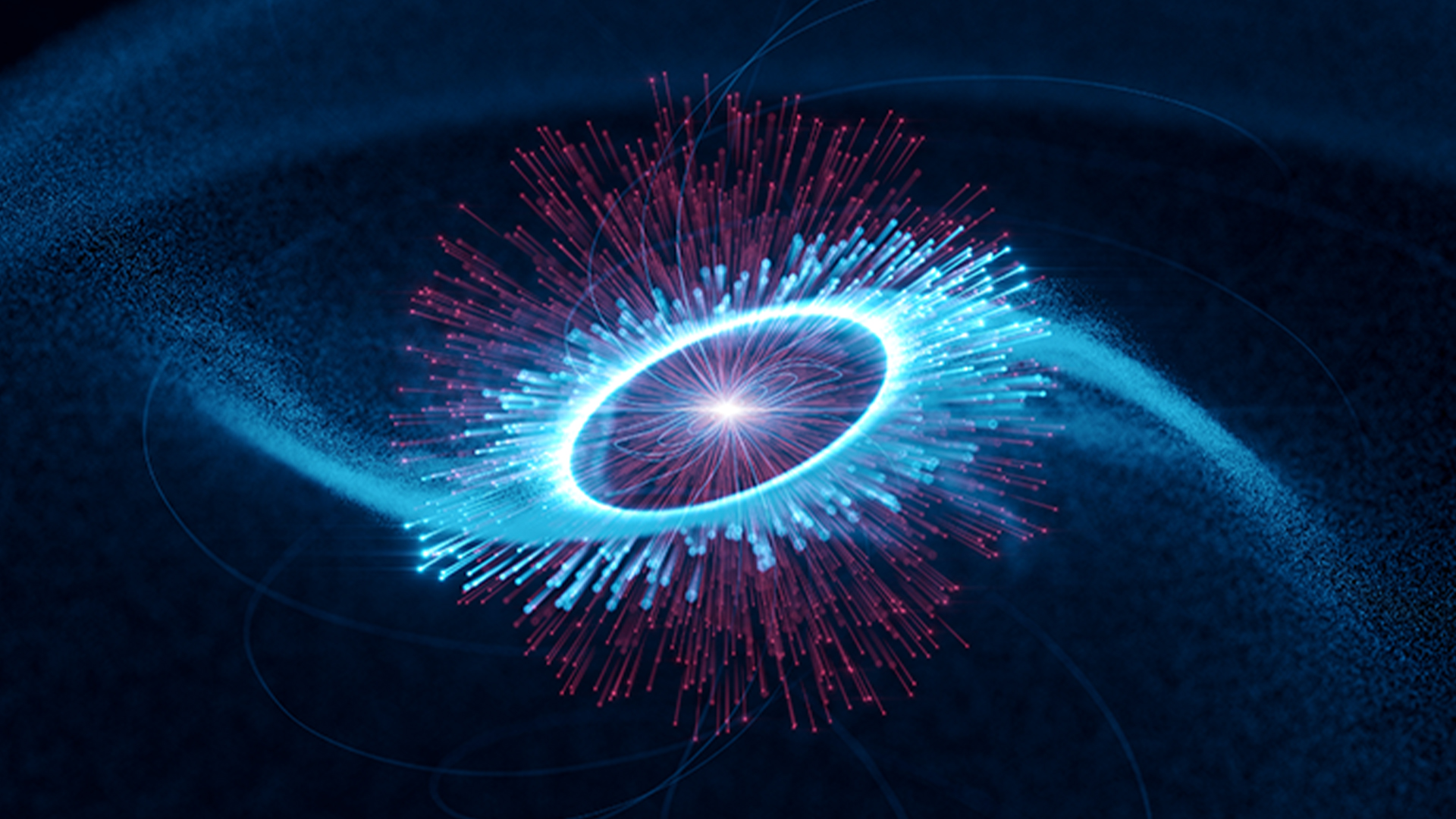
Highest-energy pulsar ever seen could indicate new physics
By Robert Lea published
The surprising detection of light 200 times more powerful than previous observations from the nearby pulsar Vela indicates hidden physics around dead stars.

'Remarkable' explosions from colliding, dead stars could reveal the true expansion rate of the universe
By Robert Lea published
Two conflicting methods to measure the expansion rate of the universe give different results, but researchers could resolve the disparity by watching merging neutron stars explode.
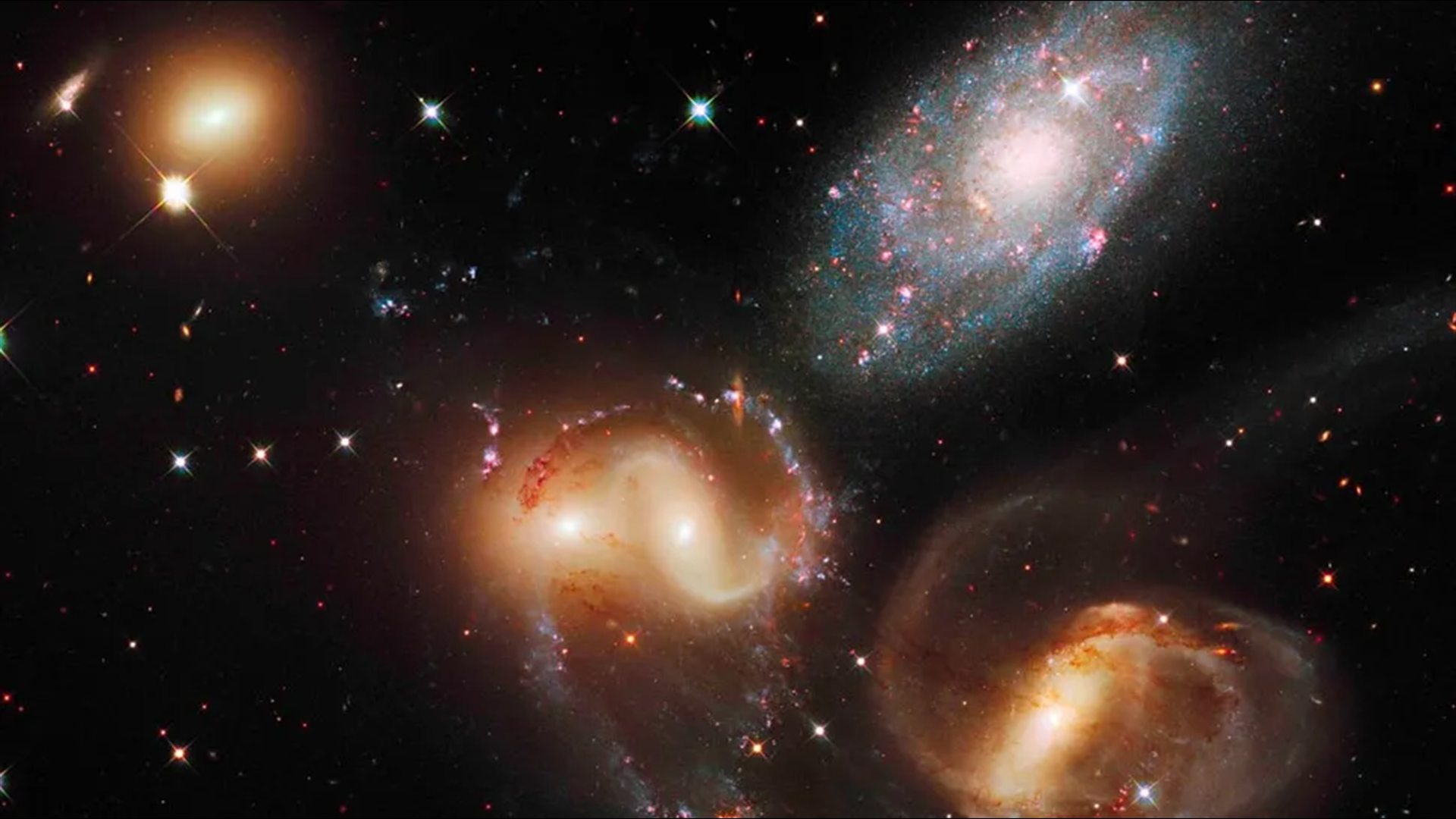
An ancient, ravenous black hole has been hiding an 11-billion-year-old galaxy in its glare
By Robert Lea published
A team of astronomers has used a tricky technique to study an ancient galaxy previously lost in the glare of a blazing quasar.
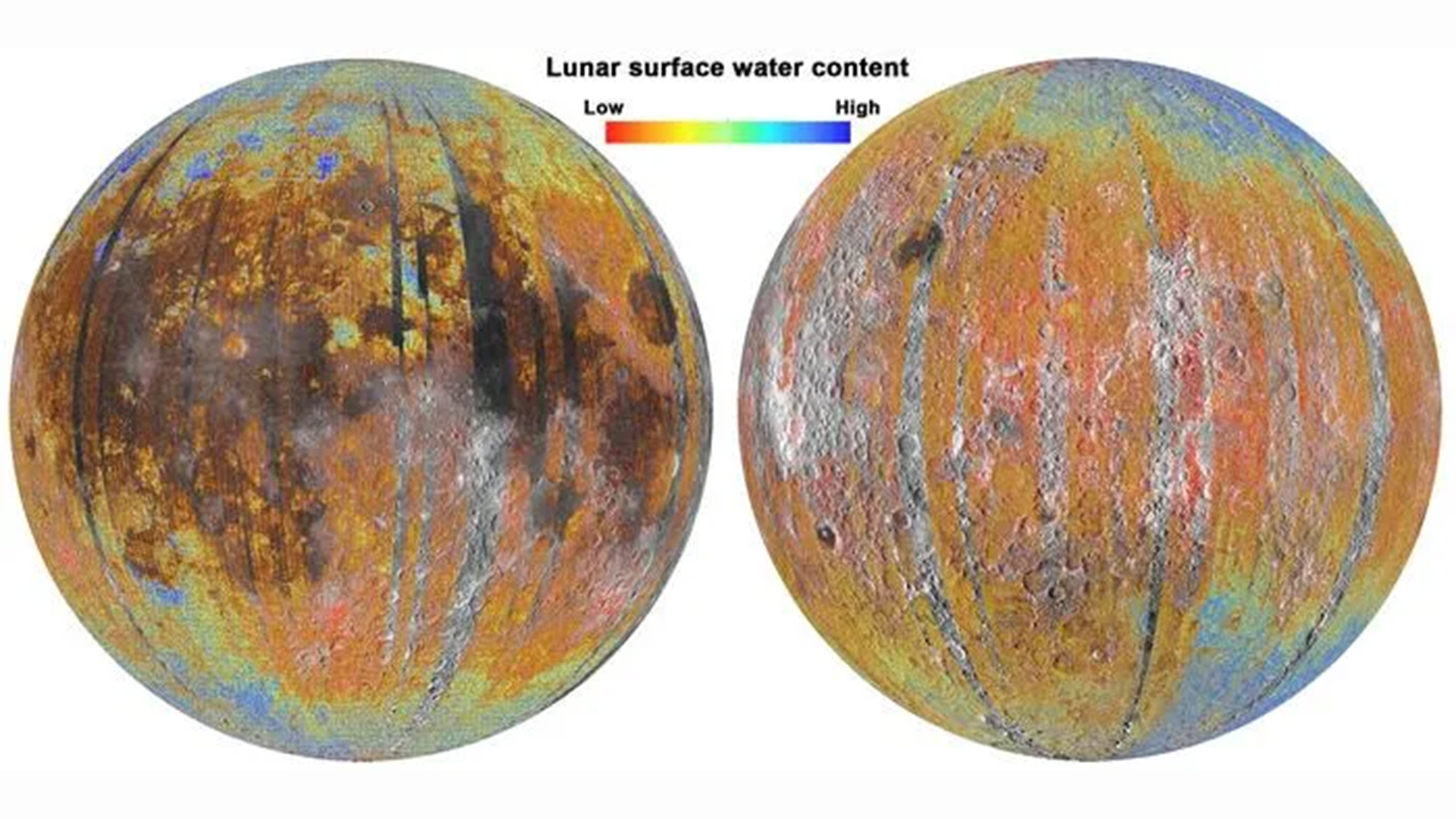
Mysterious source of water on the moon traced to Earth's magnetic shield
By Robert Lea published
Some of the moon's surface water may have an Earthly origin, due to high-energy interactions between the sun and Earth's magnetic shield, new research suggests.
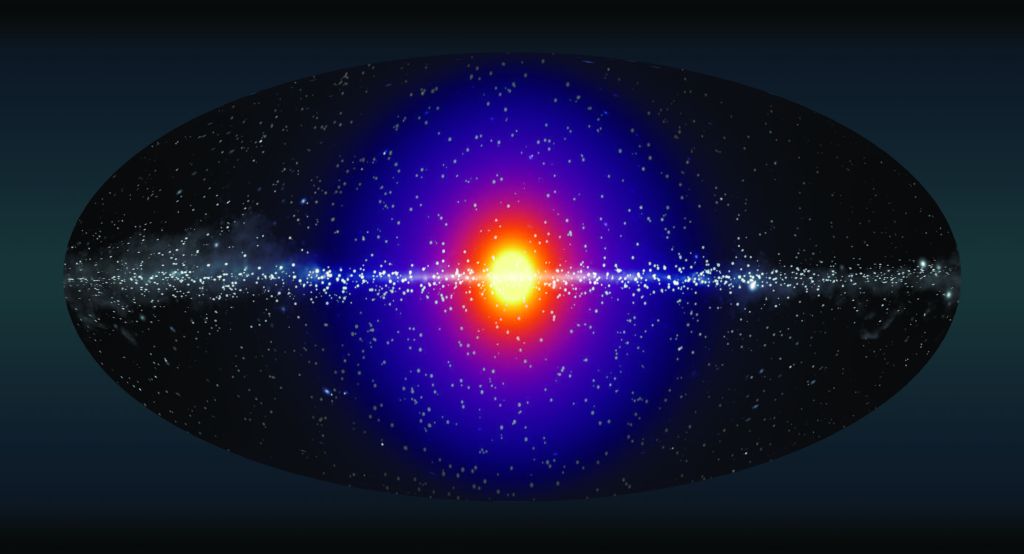
Astronomers measure dark matter 'haloes' around hundreds of ancient black holes for 1st time
By Robert Lea published
Studying the mysterious form of matter around ancient quasar galaxies could have profound implications for our understanding of how the cosmos evolved.
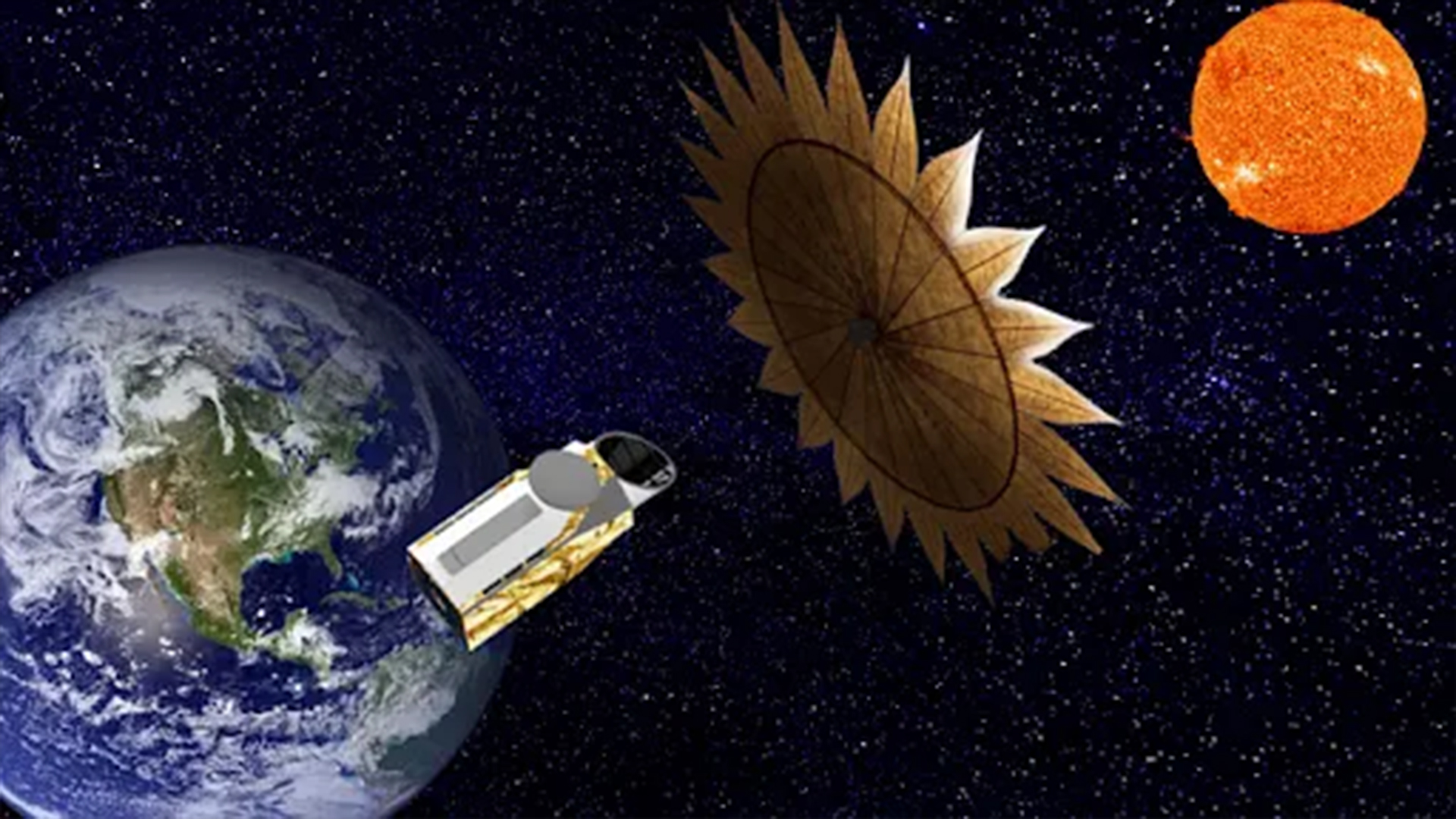
NASA is hunting for life outside the solar system. Here's how.
By Robert Lea published
"We aren’t going to see little green men but rather spectral signatures of these key chemicals, or what we call biosignatures."
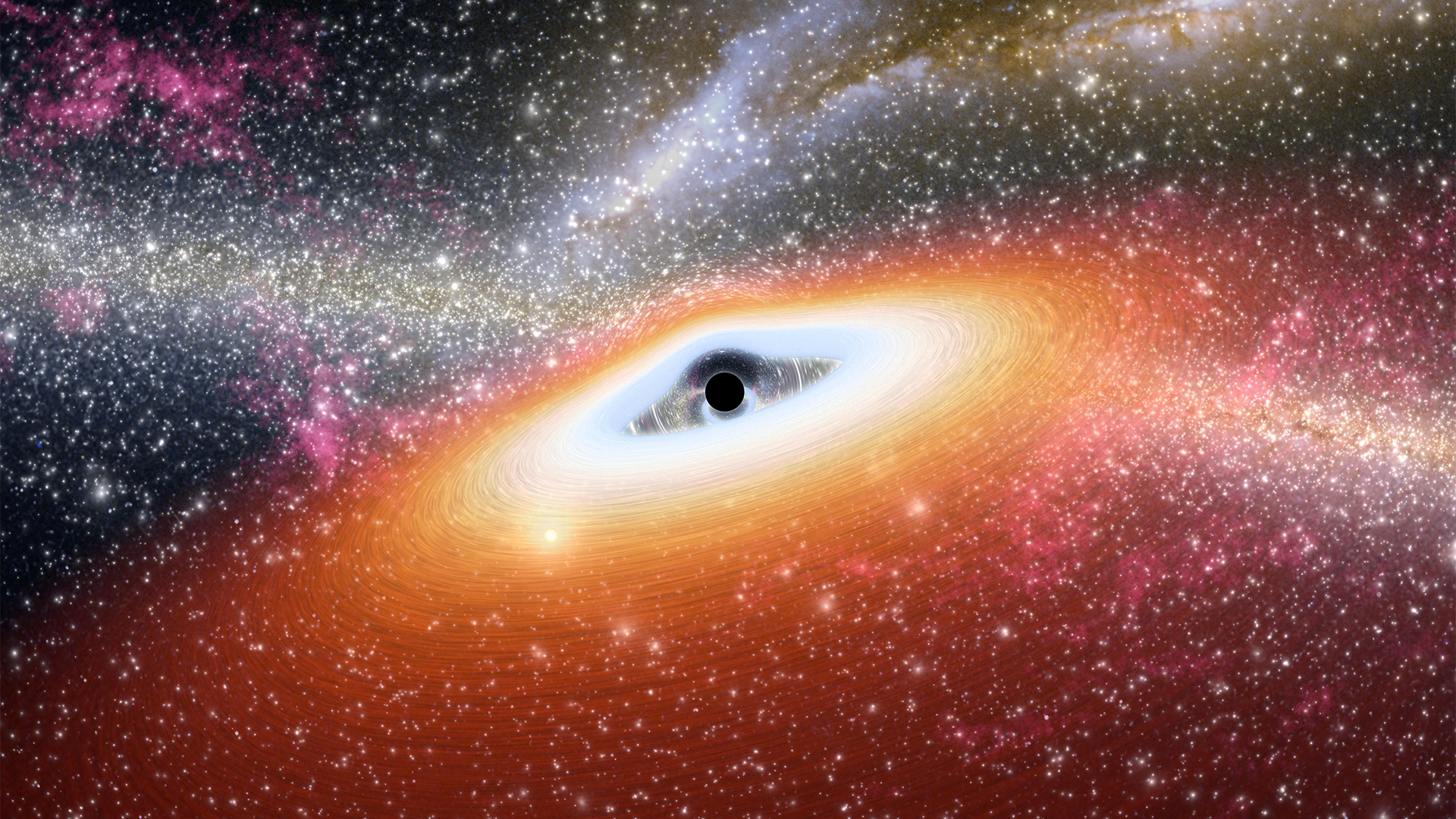
Do black holes really suck in matter?
By Robert Lea published
Black holes can swallow matter, and they grow by accreting gas, dust and even the occasional star. But are they the vacuum-mouthed monsters they are often presented to be?
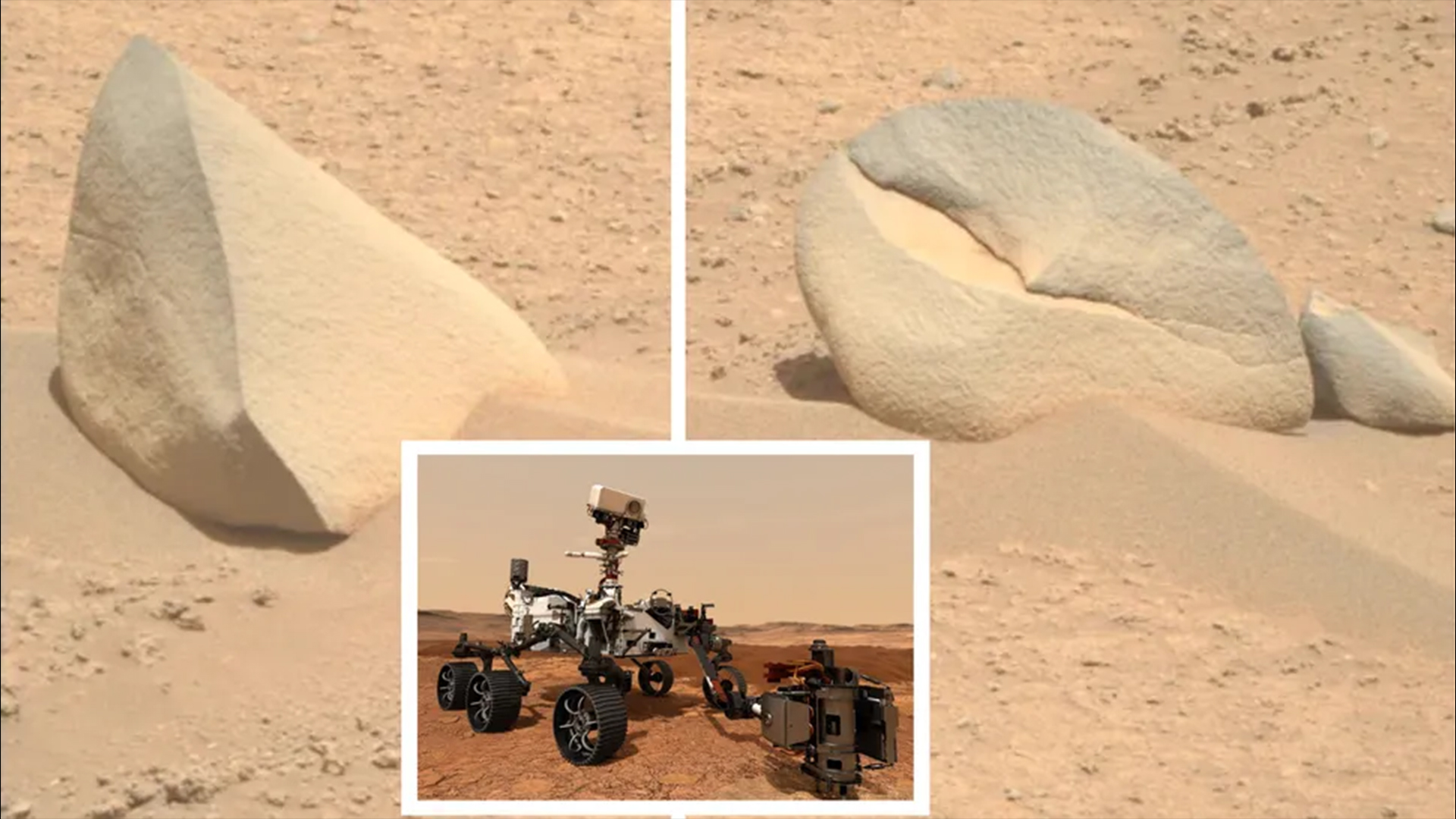
Perseverance rover spots a shark fin and crab claw on Mars
By Robert Lea published
Is something fishy happening on the Red Planet, or is it all in our minds again?
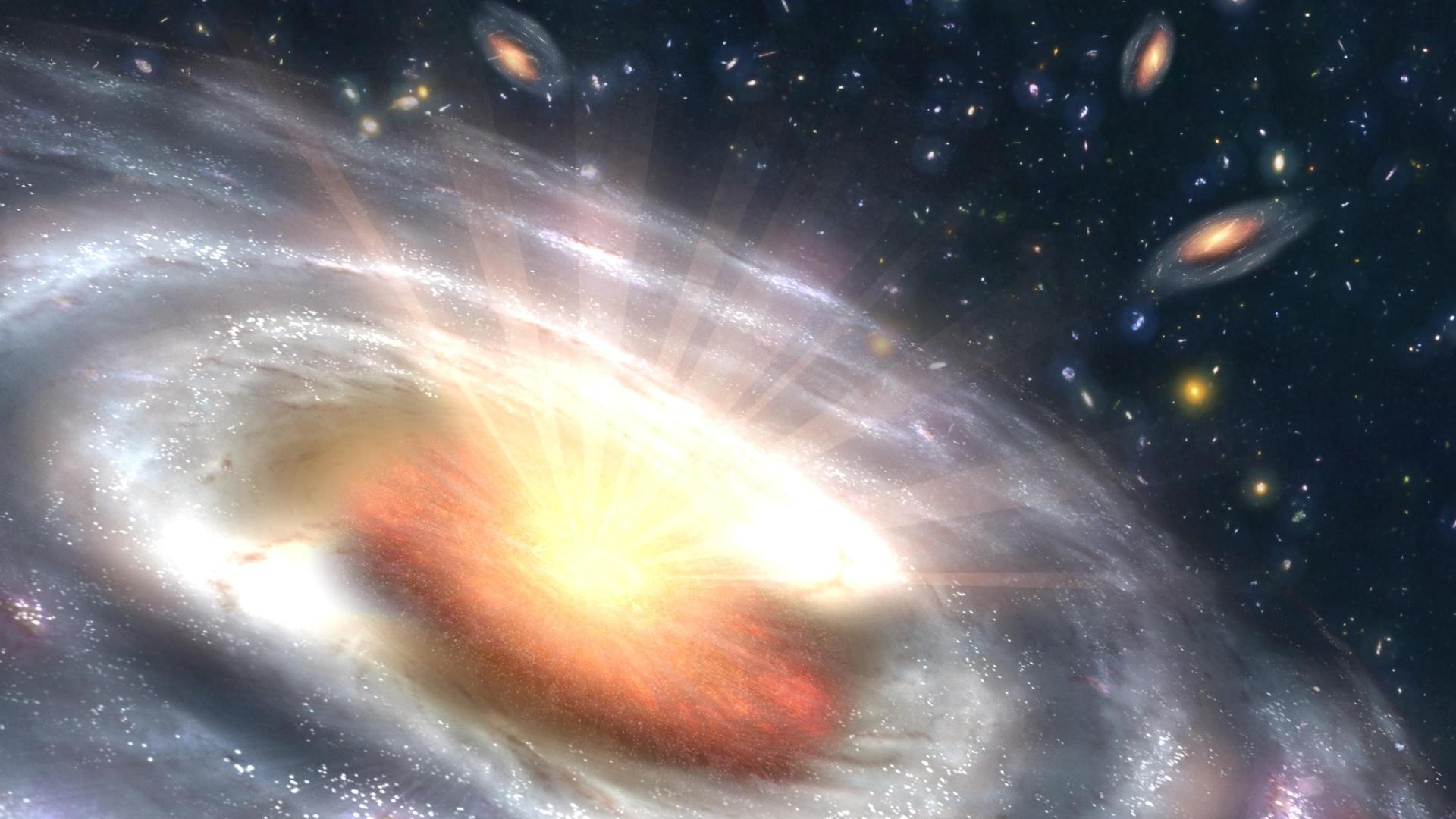
Will the sun ever become a black hole?
By Robert Lea published
Black hole sun, won't you come? It all depends on a star's mass before it dies.
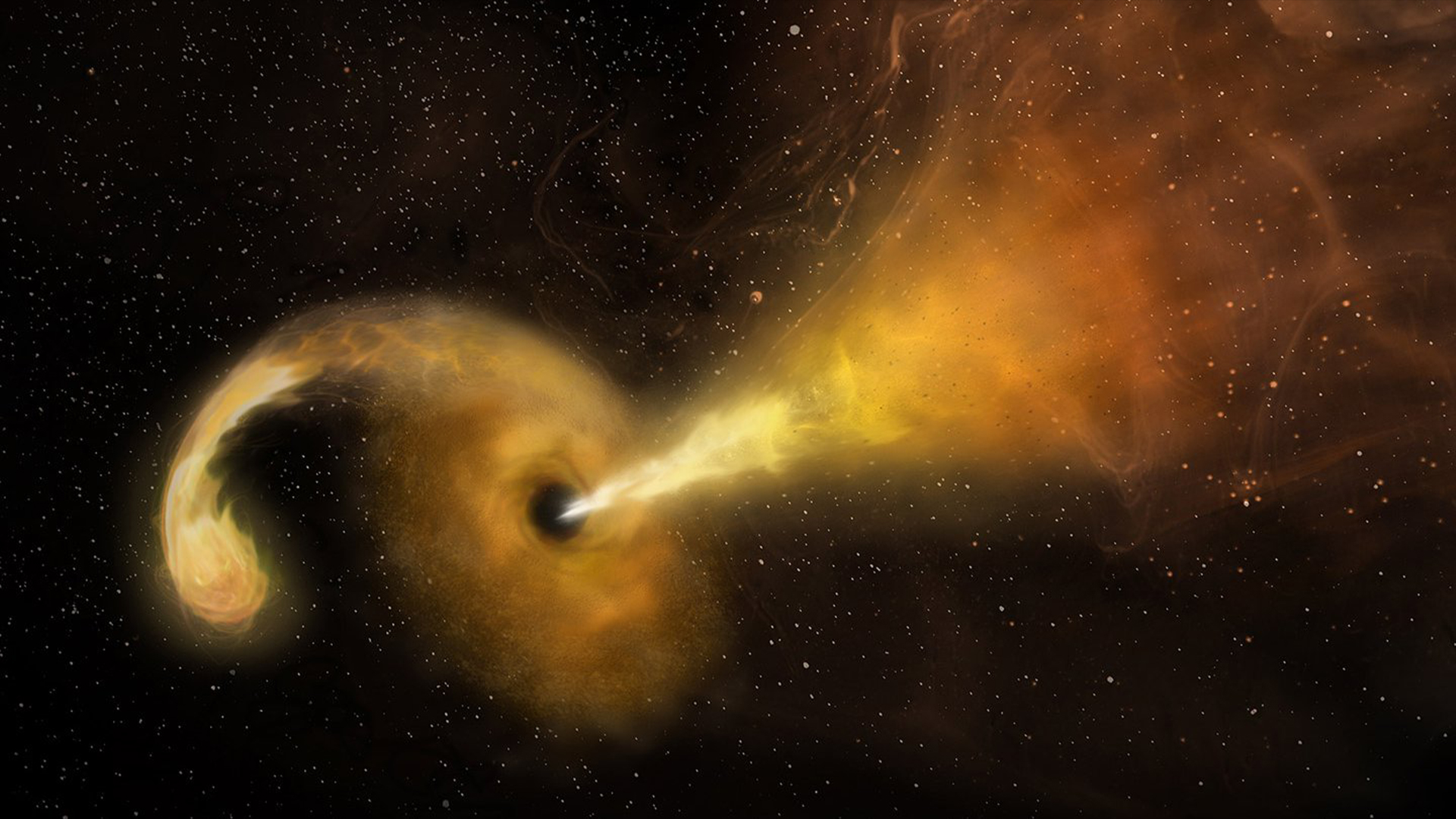
Black holes keep 'burping up' stars they destroyed years earlier, and astronomers don't know why
By Robert Lea published
Years after ripping stars to shreds, 24 black holes suddenly flared up with radio waves in inexplicable 'burping' bouts. Half of all star-killing black holes may experience the same.

Unknown ultra-light particles linked to dark matter could be found using atomic clocks
By Robert Lea published
The use of atomic clocks could help bring cosmology and astrophysics "down to Earth" by allowing scientists to investigate the mysteries of dark energy and dark matter in the lab.
Sign up for the Live Science daily newsletter now
Get the world’s most fascinating discoveries delivered straight to your inbox.
